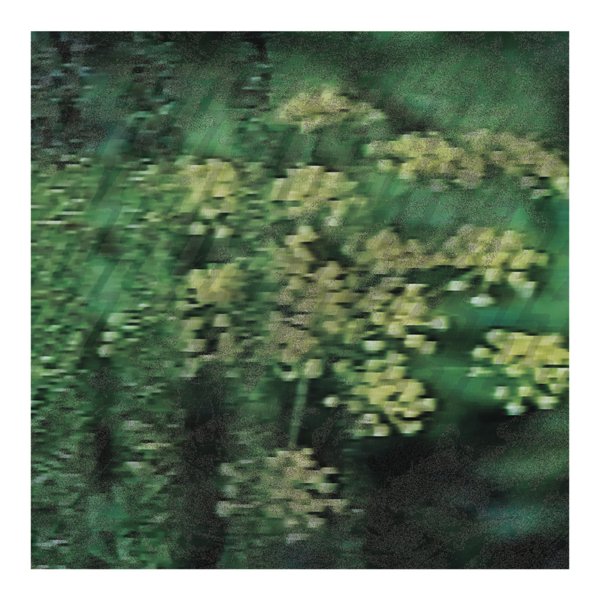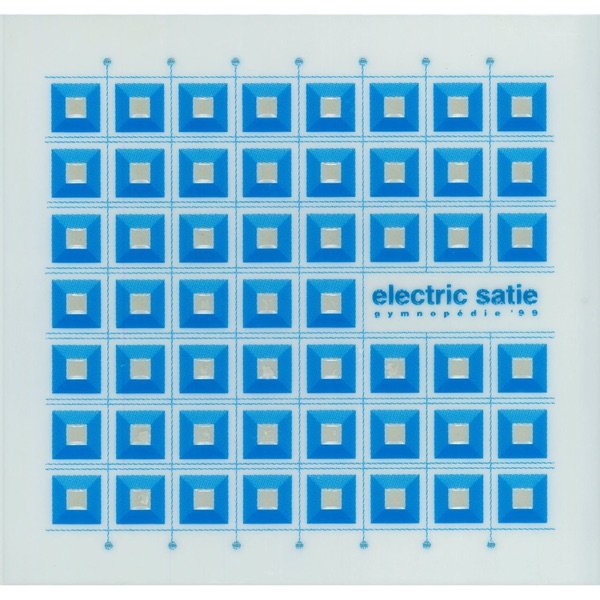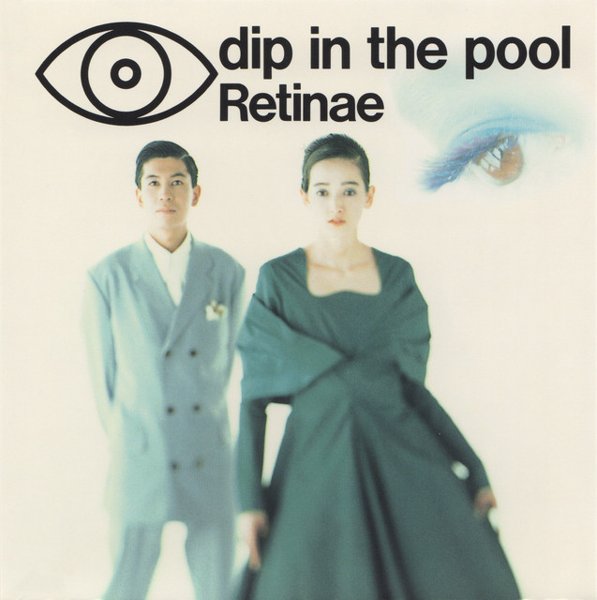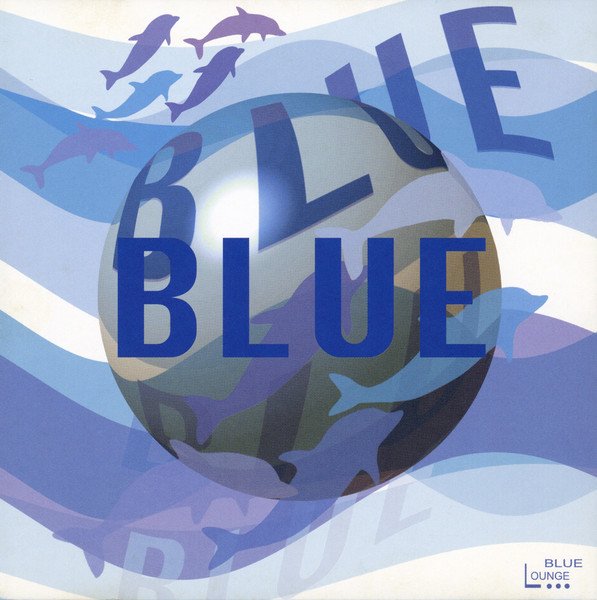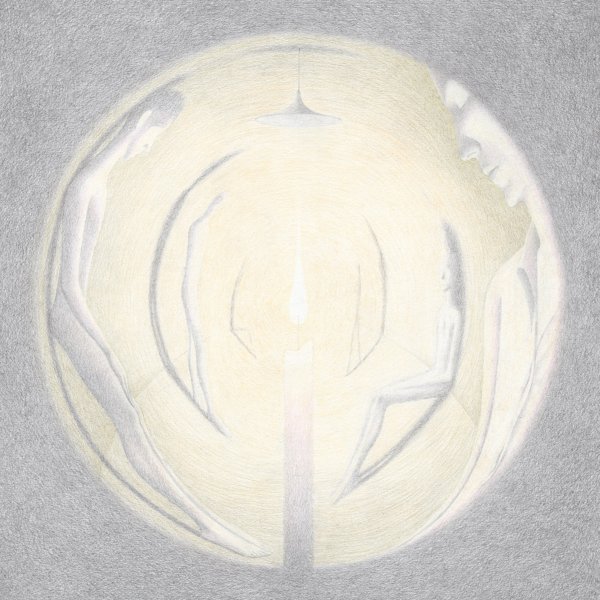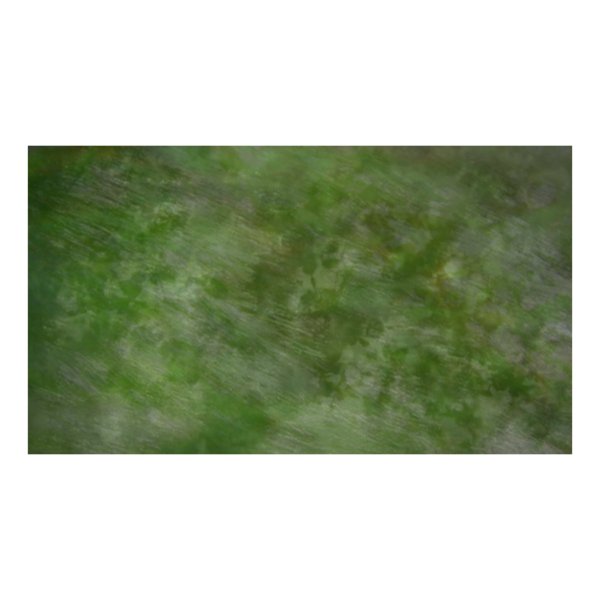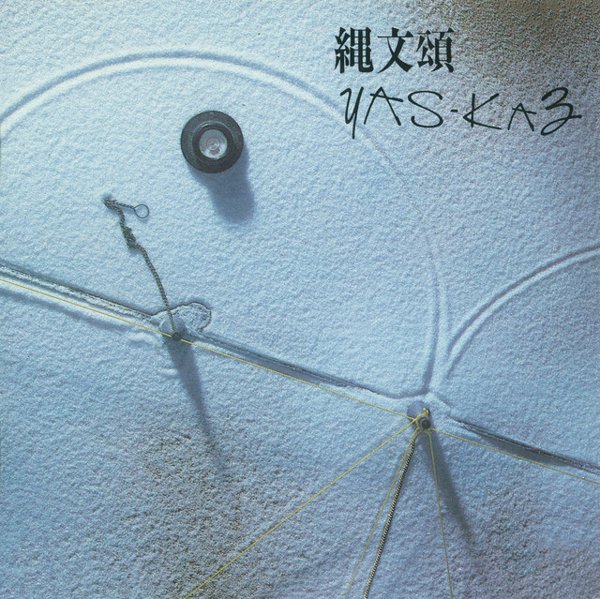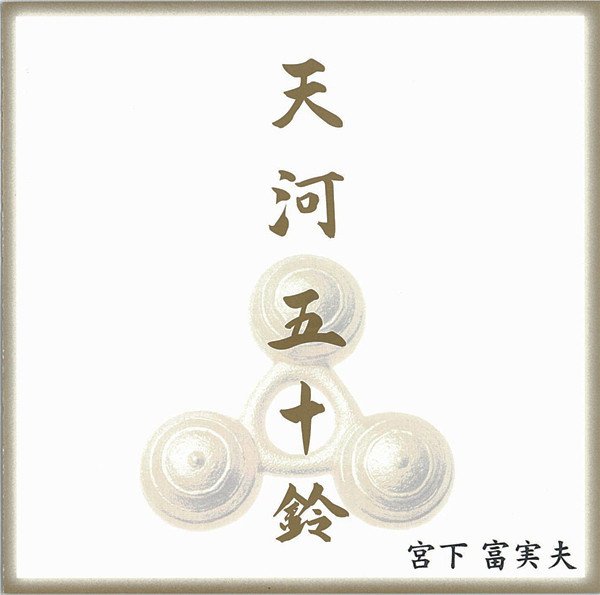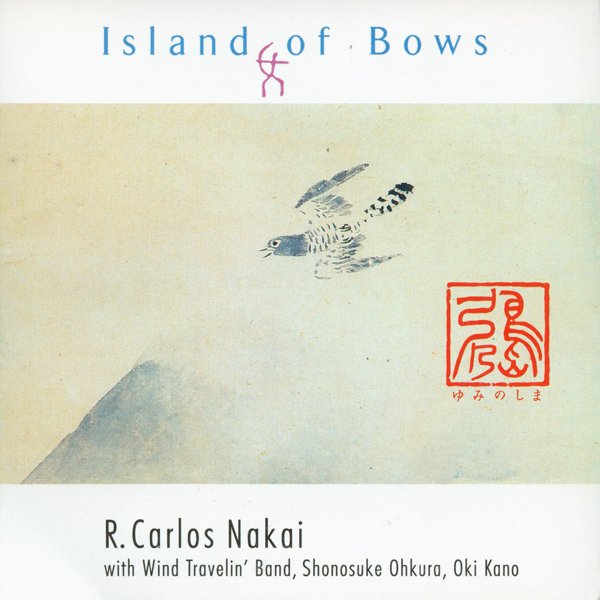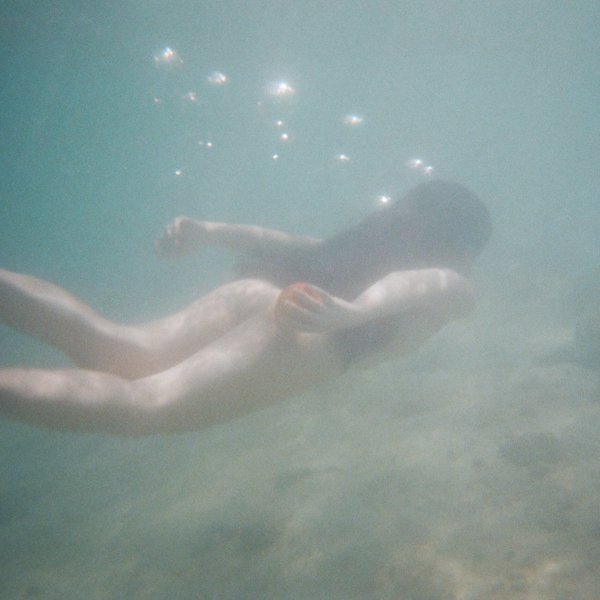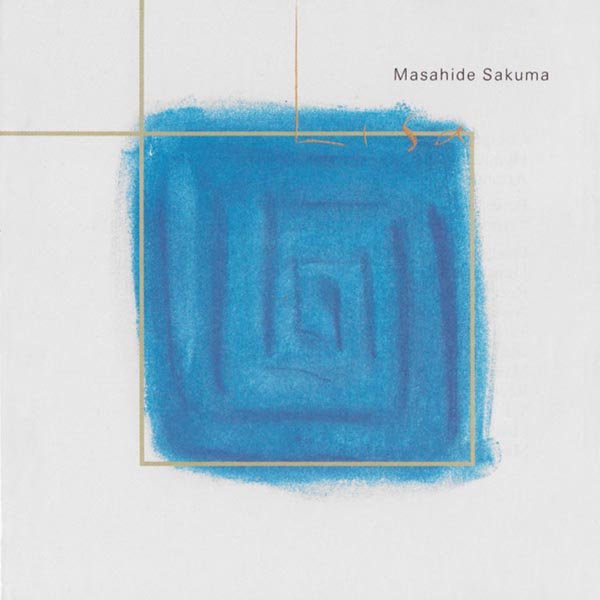Still Way (Wave Notation 2)
Satoshi Ashikawa’s record store, Art Vivant, was the first in Japan to stock Brian Eno’s Music for Airports. He was uniquely primed to accept Eno’s new vision of ambient music as a fixture of public locales, having studied at Keio University and writing his master’s thesis on “the function of music in society.” With Still Way, he sought to iterate on Eno’s idea of composing a soundtrack to defuse the anxiety of busy life, saying that his music “should drift like smoke and become part of the environment.” He subtitled the LP Wave Notation 2, positioning it as a sequel to his friend Hiroshi Yoshimura’s Music for Nine Post Cards. Unlike Yoshimura’s album, which was intended for a specific setting, Still Way’s calming atmosphere was meant to be adaptable — it could be played anywhere, relaxing the disquiet of the day as if lighting a candle with a pleasant scent.


